Episode 2: Leadership vs Getting Along
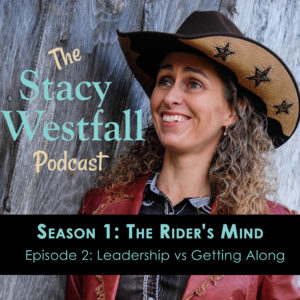
Today’s podcast topic walks the line between the mental idea of leadership versus the physical execution of leadership. I’m tempted to talk about the physical side of this topic, but season one is about the mental side.
I want to break everything down into the four-quadrant model, so we can get clarity before we put everything together and use it. In this episode, I’ll be talking about how leadership is different from just getting along and how it impacts the way we show up with our horses.
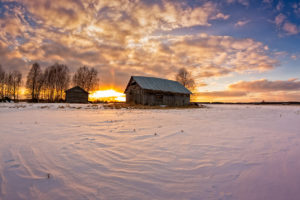
Subscribe and never miss an episode! (I listen in the barn and when I’m out driving)
Subscribe Free
Need help subscribing? Here are two video links that will walk you through subscribing to a podcast. I didn’t make the videos so be sure to search for Stacy Westfall after you download your podcast player!
How to Subscribe to a Podcast on an iPhone: https://youtu.be/9SD8z3VJua4
How to Subscribe to a Podcast Using Stitcher App for Android:https://youtu.be/FKxnFAmNEtE
“There is always an element of leadership for me in the relationship with my horse. Even though, I absolutely fully want to know them as who they are.” Stacy Westfall Click To TweetShow Notes
[00:54] The four square model is a really simple tool for breaking down complex problems.
[01:29] In this season, I’m focusing on the rider’s mind.
[01:31] This episode is about the idea of leadership and how it is different from simply just getting along and how this idea impacts the way that we show up with her horses.
[01:48] The interesting thing about this topic is how it walks the line between the mental idea of leadership and the physical idea of leadership.
[02:22] Horses are hardwired to look for a leader. If they don’t find a leader, they are compelled to step into that role.

[03:13] Some horses are more mild-mannered and some are more strong-willed.
[03:44] Jane shares an email about how her horse won’t go around the ring.
[04:27] Natural horsemanship came out with the idea that horses have emotions. If we recognize these emotions, we can use them to change the horse.
[05:10] Some people have used this idea as an excuse to just “get along”.
[06:06] There’s nothing wrong with wanting a relationship with your horse.
[06:38] You can have an element of leadership in your relationship with your horse while still knowing them as who they are.
[07:28] Leadership is about actually taking the responsibility inside that relationship. You are responsible for your horses safety and what happens with your horse.
[08:03] An email from Amy about her new horse.
[09:46] Grandma’s rules. Between human relationships, there is a distinct difference between what different adults will allow. If children can determine this, so can horses. Grandmas rules are when horses notice the difference between handlers.
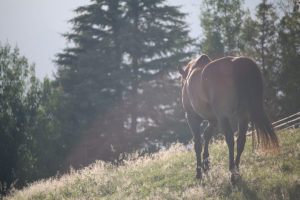
[11:12] Guilt can affect riders and what they are willing to ask for.
[13:12] If a horse’s state of mind is going to impact the training a lot, we have to admit that some horses are more strong-willed.
[13:54] What is your first gut reaction when I say you need to be a better leader? Do you show up feeling guilty when you ask your horse to do something.
[14:40] Are you trying too hard to be perfect and not giving the horse any responsibility?
[15:50] Your challenge for the week is to write down one place where you have really great leadership skills and one place where you need to improve.
“If a horse's state of mind is going to impact the training a lot, we have to admit that some horses are more strong-willed.” Stacy Westfall Click To TweetLinks and Resources:
- Blog post on Stacy wrote about the 4 Square model: Quickly Evaluating Problems with Horses and Riders
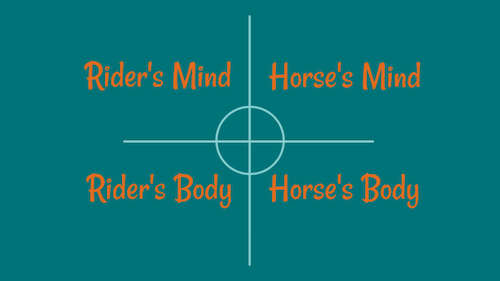
The 4 Square Model Stacy uses when approaching horse and rider challenges.
Subscribe Free
120 Comments
Leave a Comment
SUBSCRIBE TO THE PODCAST HERE:
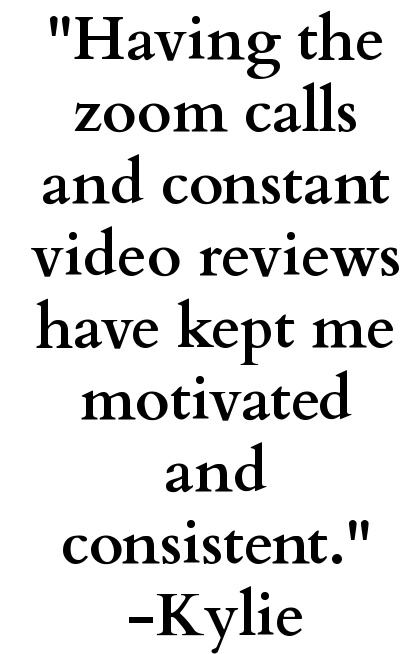
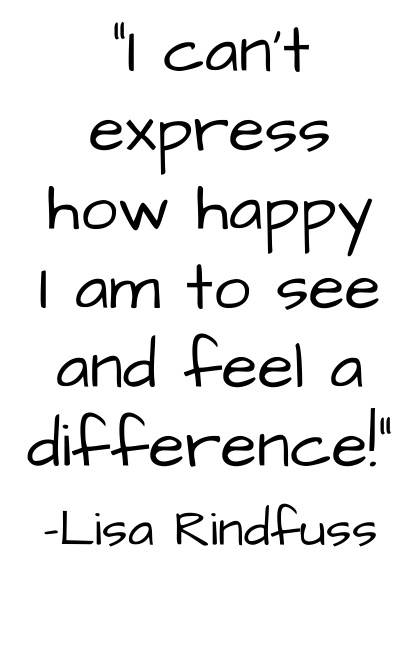
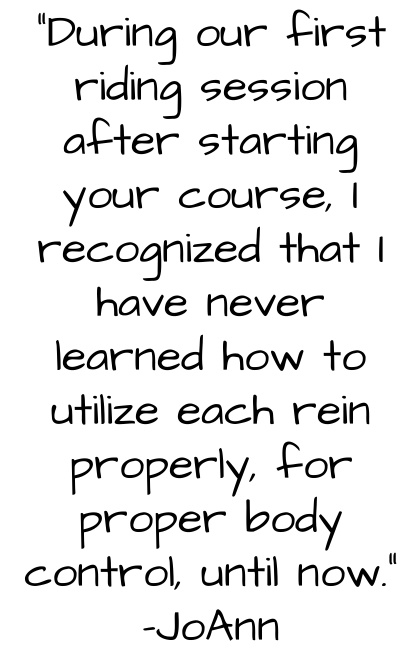
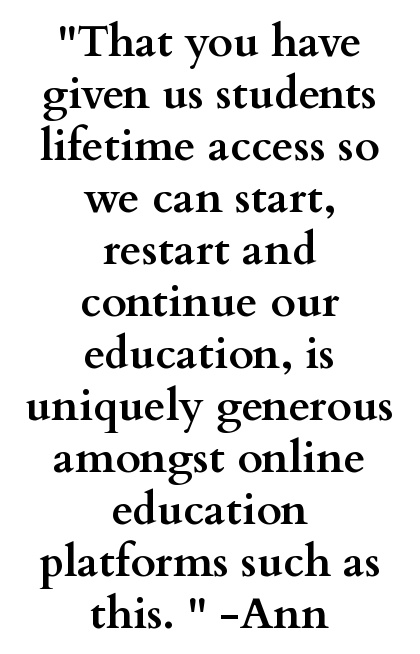
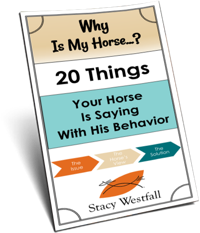
YOURS FREE
WHY IS MY HORSE...?





I’m relatively new to horses. I bought my first horse (Ike, a QH gelding) about 5 years ago with the “plan” of boarding at my trainer’s facility while I learned how to ride and properly care for him. His prior owner was barrel racing him and said he wasn’t “happy” doing that; thought he would enjoy trail riding (my desire) more. Within weeks of my purchase, my trainer sold her boarding/training facility and I scrambled to prepare my property to bring Ike home. Not wanting a herd animal to live alone, I also found an amazing miniature pinto gelding (Sparky) to be his pal. In the 5-ish years I’ve had them, I may have ridden a dozen times before lameness issues showed up; I haven’t ridden him in at least 4 years now. I feel like I’m a relatively good leader on the ground (though probably not as consistent as I should be) when asking to do things that we’ve done before. When trying something new – either on the ground or in the saddle, since I don’t feel competent due to a lack of knowledge and experience; that’s when my leadership falls apart. I fear that I’m ruining a horse that knows/knew soooo much because I don’t know enough. I don’t have a trainer I know/trust nearby, so I spend a lot of time watching online/videos (you, Warwick Schiller, Julie Goodnight) trying to learn. The struggle there is that without feedback to tell me what I’m doing wrong….I’m still missing confidence which continues to weaken my leadership ability.
Just got back to riding after a 30 hiatus and loving every minute of it. So glad I found your podcast and my goal is to listen to at least 2 a day until I get caught up. This particular podcast could not have come to me at a better time. I need to trust my instincts better than I do. I am riding a lesson horse so it has been hard for me to feel comfortable asking him to give me respect and let me be the leader when we’re together. I used this podcast along with your “Why is my horse?” 20 things your horse is trying to tell you, with my guy Nemo today and we had a blast. From the ground up to the saddle and throughout my lesson we were so connected. He was attentive, responsive and respectful. I didn’t realize how unfair it was to him for me to not take a more firm role with him. And I certainly ask him to behave nicer than his pasture mates do. He definitely enjoyed our day together as much as I did. I can’t wait to go again! Thanks for this Stacey
Being a leader is important from the ground up. I will strive to figure out what makes a horse tick, go at them to see what makes their mind think to answer with their body for what I want. Each horse is different. After years of working with my sisters horse, I’ve realized he looks for strong leaders, strong people to look up to or he won’t listen. You must be the leader with him or he’ll walk right over you. I’ve finally become that leader I needed to be. I do need to work on though, being a leader for another horse thats in my life. He needs work and consistenct. Honestly, I dont know if he’s gonna be too much for some of my family members. I’m hoping with better leadership he will be just fine for my family.
Sometimes I have to make tough decisions not to ride or work a horse because the ground is unsafe somewhere or they seem off on that day. Those days count for good leadership because you are keeping them out of danger. My mare may not move though if a bear camr out of the woods.. just saying, no idea what she’d do. She may befriend it lol
I am good at being a leader to my horse when I am in the round pen or arena working with him but I am not as good at being a leader consistently when we are doing other things. I need to work being more consistent as a leader and teacher, even if I am tired after working with him or riding.
If I want a slower response I need to give a slower request.
I’m really enjoying these podcasts, Stacy. You are so down to earth. I’ve always liked watching your videos, but these podcasts are great because I can listen while I’m busy doing other things. Good insight today. Thank you!
I have always worried I am not being fair. I have come to realize it is difficult to get anything productive done with my mare when I am trying to be nice and not a leader. It’s amazing the change with her when I finally give clear direction.
This is something I’m still constantly working on, especially with my horse. There will be days where he would see me as a leader, but some days it seems that he doesn’t fully see me as a leader. But at the sometime I fall into the trap of wanting to be perfect and not giving my horse some responsibilities… So my goal for myself is to be more consistent as a leader but also be able to give some responsibilities to my horse, so that we have a better partnership.
Again, wonderful podcast! Thank you!
-Bekah
This is a wake up call for me. I’ve struggled with not giving myself enough credit in my leadership capabilities and responsibilities, feeling guilty is a huge part of that.
Ironic how you can feel and not understand something, for a very long time, until someone puts it in just the way to make it resonate and clarify things for you.
Great “Ah ha!” Moment, thank you Stacy!
This is something that I’m currently dealing with first hand. It is so important to establish leadership with your horse. It really becomes so beneficial to the relationship with your horse and the fact that a clear leader is needed. I have had to overcome many mental blocks during my equestrian career and I am now able to establish a clear leadership role. My current situation is this, I have a clear leadership role with my mare I share with my sister. The mare is here in Maine with me and my sister is currently living 6 hours away. Every couple of months she comes to visit and to ride our mare. The mare now sees me as the leader. I usually get on first to warm her up amd have a great ride with minimal issues. Then my sister gets on her. This is when problems arise. The mare refuses to go forward and I can see her looking towards me as I’m in the ring and she is looking to me for leadership. She can eventually get a decent ride out of her after trying to restablish leadership for a few minutes. I know it is very discouraging for my sister to see me have a great ride and then for her to get on and have nothing but frustration. Stacy what is the best way to approach This? I want both my sister and I to be able to have great rides on our mare, is dual leadership possible? Thank you for posting this it has really gotten me to think about leadership and my current issue.
The podcast has helped open my eyes. I have a mare that lets me work her with no question in leadership. However she can simply stop at times and tell me she is done. The problem is I let her win, and turn her out. My gelding and I are still bonding. He is the one I really want to work with this year. He tells me what he wants to do or not. I think his size sways my decision. I need to take leadership with him. I look forward to learning more this year to move my two babes in my direction.
When I was finally cleared to ride after a bad fall, I took Buddy to a woman who has helped me realize I was just get tg unt along in the most subtle ways. From how I was walking him, feeding him, tacking him, to ground work. I have had to work hard to learn to firm but fair, to be consistant, to be a better leader.
Thank you for these podcasts. This is the second one that I have listened to. Leadership is setting boundaries with your horse. I have a pushy horse who likes to get into my space. When I purchased him as a halter broke two year old, I have to admit that I was firmer/more consistent with that boundary line than I am now. I have gotten a little soft and need to fix that issue. Your challenge in this podcast has made me re-evaluate my leadership.
My mare definitely is extremely strong willed and likes to challenge leadership, but we seem to finally understand each other better and she is getting progressively more responsive and less reactive.